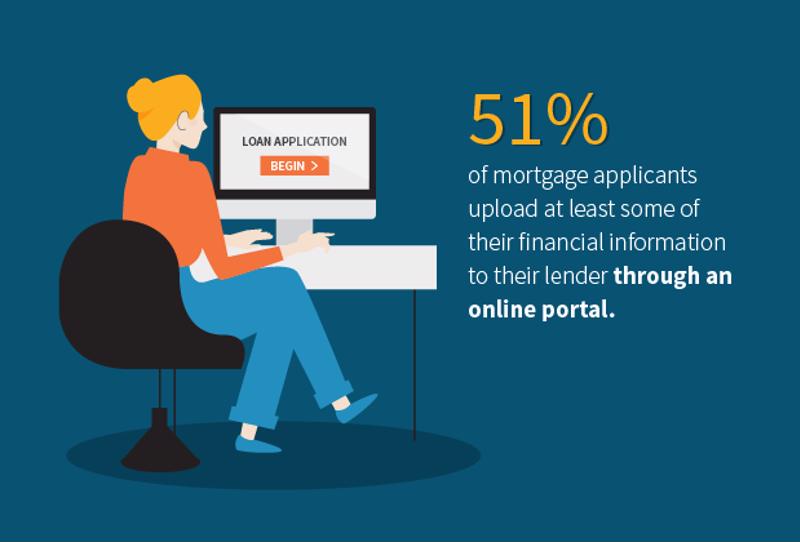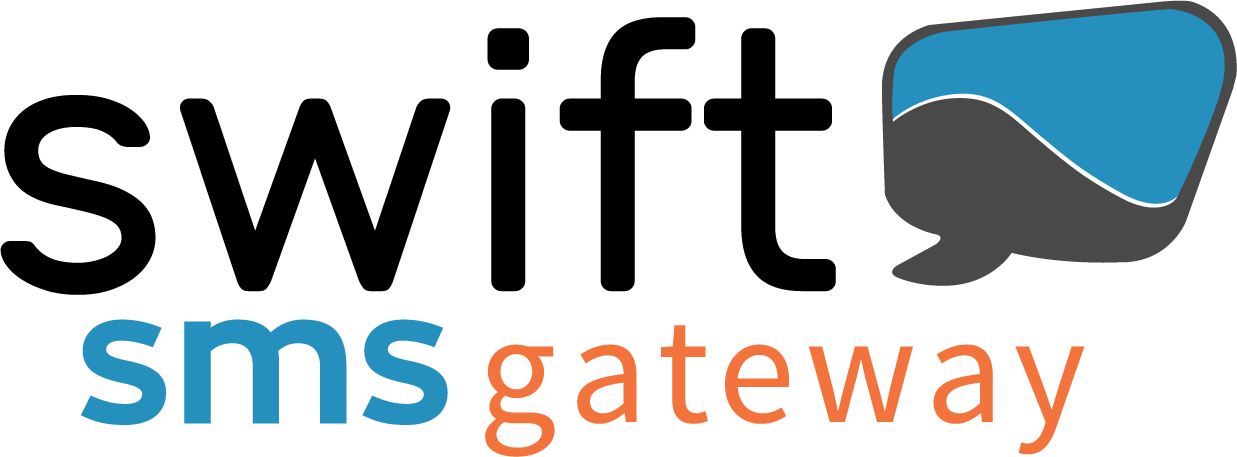Mobile banking has improved by leaps and bounds over the last decade. Compared with 2009, customers in 2019 are more likely to bank online and conduct their personal finances from a mobile device. SMS is already built into many of these service offerings. For example, the majority of banking apps use SMS tokens for two-factor authentication.
One area of the banking sector that has been slow to digitize is mortgage and home equity lending. Until 2018, the majority of mortgage applications were still filed on paper, requiring borrowers to make the trip to their lender in person.
As a new decade quickly approaches, lenders are finally giving their customers more digital options and the trend is likely to explode in the coming years.
Big Changes are Coming to Mortgage Lenders
Why is the mortgage industry just now digitizing? In the U.S., the main impediment has been the Uniform Residential Loan Application (URLA), the standard package of loan documents required by the government-sponsored entities (GSEs) Freddie Mac and Fannie Mae. First established more than 20 years ago, the current incarnation of URLA hasn't changed much – it doesn't have a space for the applicant's email address or mobile phone number, for example. But that's about to change.
In 2020, the GSEs will rollout an updated URLA designed for the 21st century. While still available in paper form, the new URLA is also accessible via dynamic point-of-sale software. SaaS mortgage solutions won't just be static capture forms, they'll be platforms from which loan officers can closely collaborate with borrowers.
This major digitization effort is coming at the right time: The U.S. home equity market recently surpassed pre-2008 levels. U.S. lenders have the opportunity to tap $14.4 trillion, according to CNBC. At the end of the day, paper-based systems just aren't efficient enough to keep up with the potential rise in demand.

Customer Engagement Requires a Multichannel Approach
A 2018 report from EllieMae revealed that 51% of mortgage applicants upload at least some of their financial information to their lender through an online portal. The study also found that younger borrowers were more likely to shop for mortgages online. These customers don't just want digital experiences, they expect them.
To keep these customers engaged, lenders need digital solutions that make it easy to apply for a loan, submit documents, verify their income and communicate with loan officers. To do that effectively, lenders must be able to reach borrowers by their preferred communication channel, whether that's email, phone, chat or text. Considering text messages have a much higher open and read rate than email, they represent a good option for communication, especially when lenders need documents within a specific timeframe. The easier it is to communicate and collaborate, the more satisfied mortgage customers will be.
To learn more about how to integrate SMS functionality into your financial technology software, sign up for a free demo of Swift SMS Gateway today.



